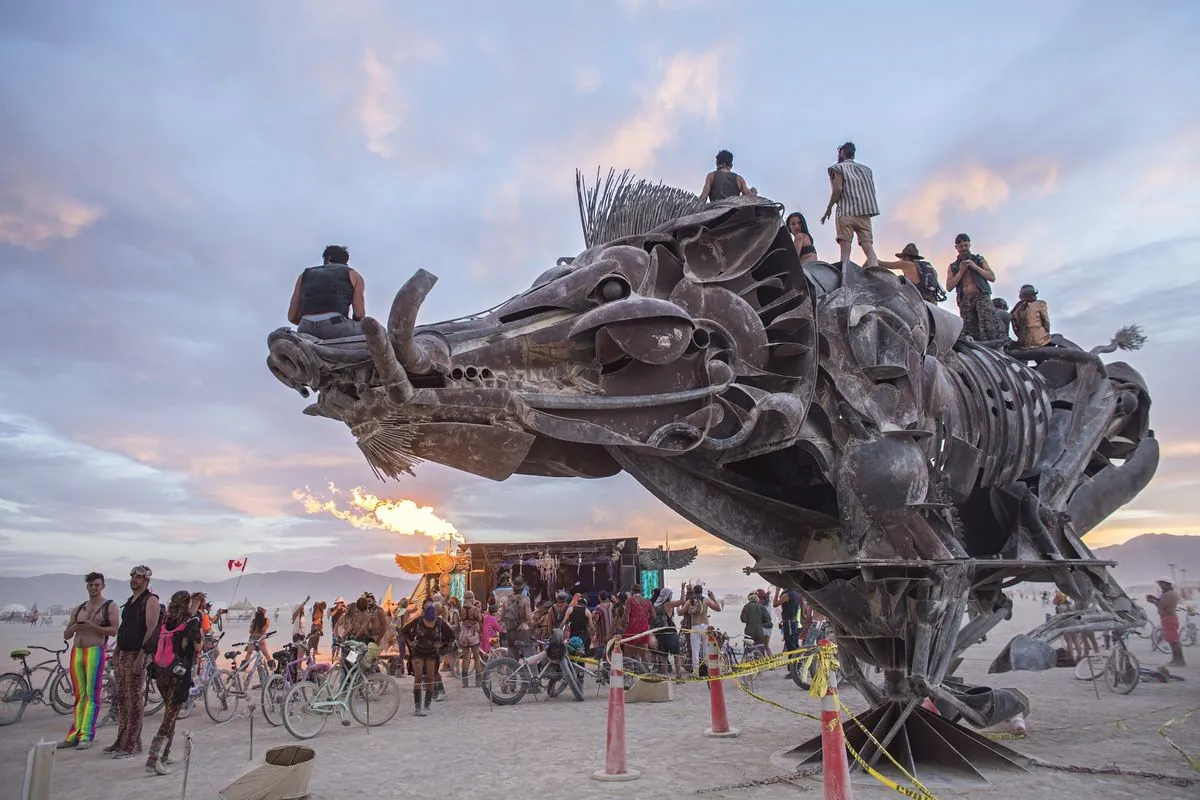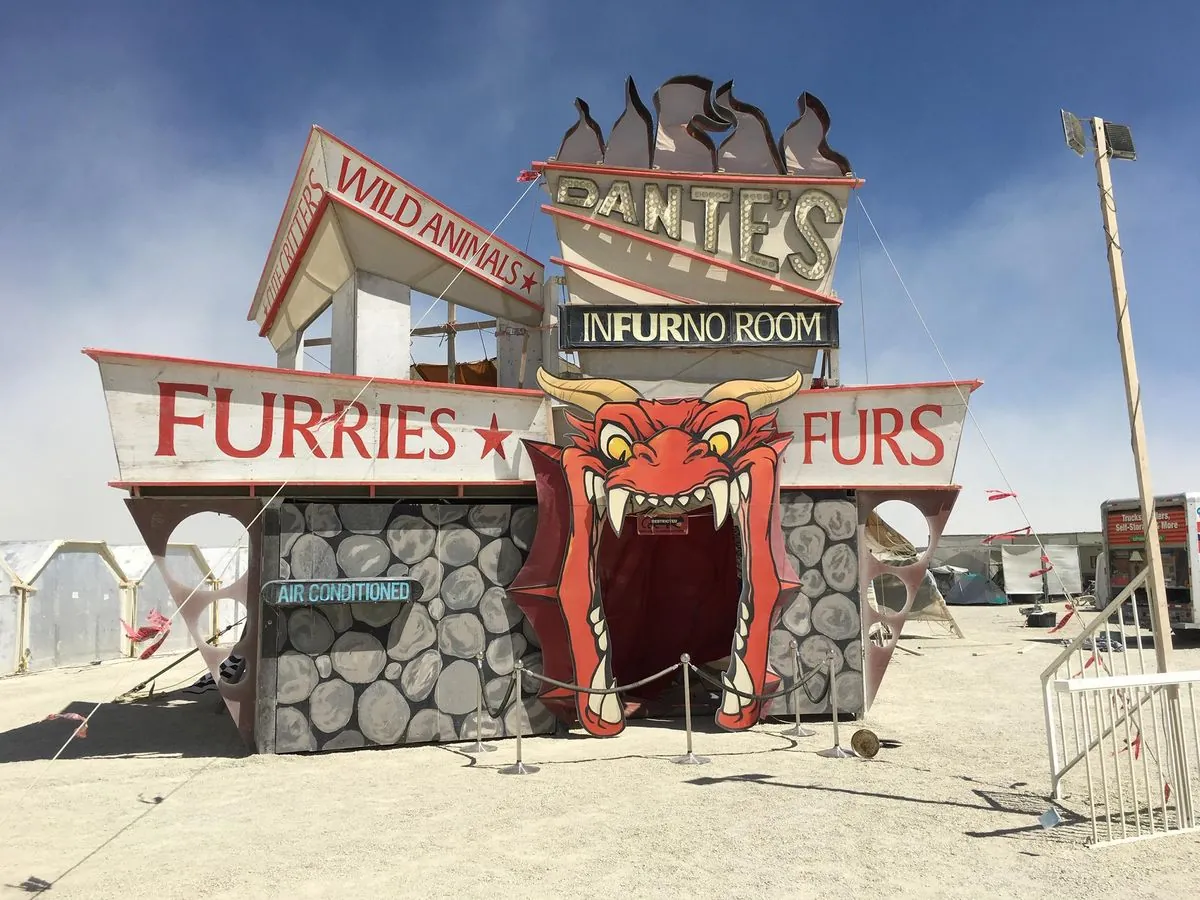Burning Man's Evolution: Veteran Burners Embrace Change Amid Ticket Sales Dip
Burning Man faces declining ticket sales, but longtime attendees see potential benefits. The event's connection to Silicon Valley and weather challenges contribute to shifting dynamics in the desert gathering.

In the heart of Nevada's Black Rock Desert, a unique annual gathering continues to evolve. Burning Man, the nine-day event known for its artistic expression and communal spirit, is experiencing a shift in its participant base. This year, for the first time since 2014, ticket sales have not reached capacity, prompting discussions about the festival's future and its core values.
Will McCormick and his wife Kim exemplify the dedication of long-time "Burners." Each August, they transform a portion of the harsh desert landscape into a Halloween-themed camp, complete with haunted houses and trick-or-treating. Their commitment reflects the event's principle of radical self-reliance, one of the ten core values that guide Burning Man.

The recent dip in ticket sales has been attributed to various factors, including the challenges posed by extreme weather conditions in recent years. In 2023, unexpected summer rains turned the usually dusty playa into a muddy quagmire, trapping thousands of participants. However, veteran Burners like Alisa Wolf view these obstacles as opportunities for the event to return to its roots.
"Everybody came together in the most beautiful way. We were having a great time. If I hadn't had to go back to work, I would have stayed longer."
Wolf and others argue that the reduced attendance might actually benefit the event by weeding out "sparkleponies" – participants who come to observe rather than contribute. This shift could reinforce Burning Man's principles of communal effort and participation.
The event's connection to Silicon Valley has also played a role in its evolution. Over the past decade, there has been an influx of tech industry professionals, sometimes altering the event's dynamic. Michael Garlington, an artist who has been attending since 2007, notes the interdependence between creative contributors and wealthy attendees:
"There's always been people with money, who hire us to be there. If they want to come and pay for a bunch of cool stuff out here, great."
This symbiosis has led to impressive projects, such as the transportation of a Boeing 747 to the playa in 2018, a feat that required years of planning and substantial funding.
Despite the changes, Burning Man continues to inspire creativity and community. The event, which began in 1986 on San Francisco's Baker Beach, has grown to accommodate up to 70,000 participants in its temporary Black Rock City. Operating on a gift economy and adhering to a "Leave No Trace" policy, Burning Man challenges attendees to be self-reliant while contributing to the collective experience.
As Burning Man approaches its 38th year, it faces the dual challenges of maintaining its core principles while adapting to a changing world. The reduced ticket sales may signal a return to a more focused, community-driven event. For veteran Burners like McCormick, Wolf, and Garlington, this potential shift is not a cause for concern but an opportunity for renewal.
Burning Man's ability to weather literal and figurative storms speaks to its resilience. As the event continues to evolve, it remains a unique experiment in temporary community, artistic expression, and human connection in one of the world's most inhospitable environments.


































